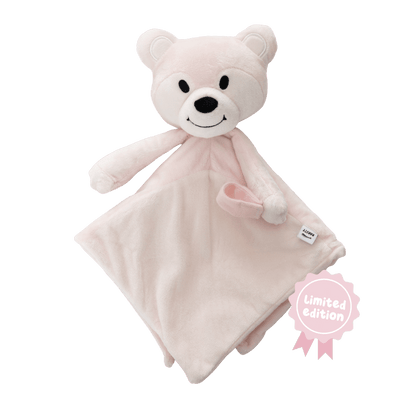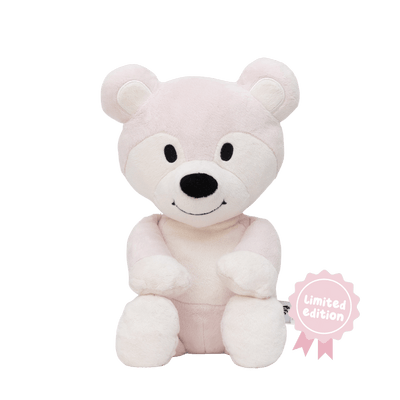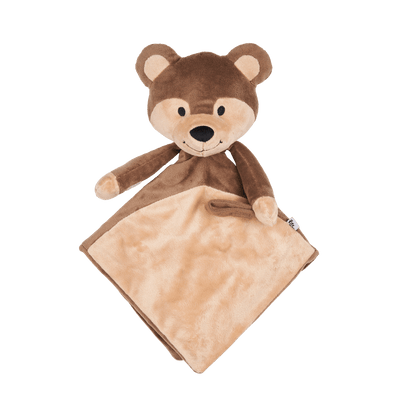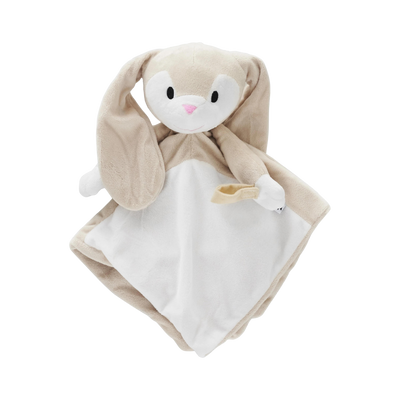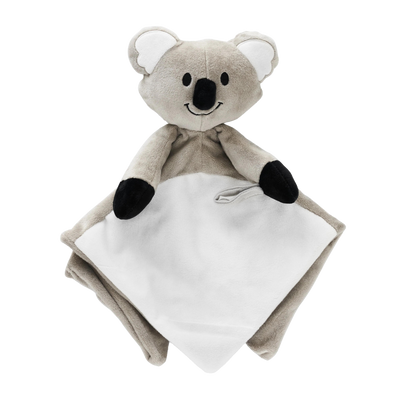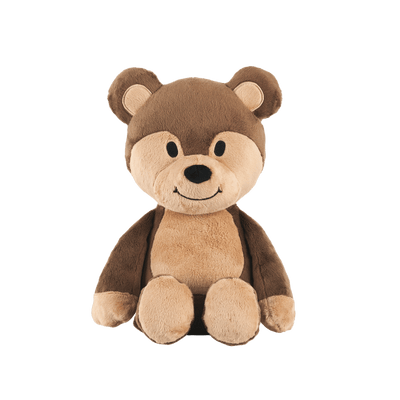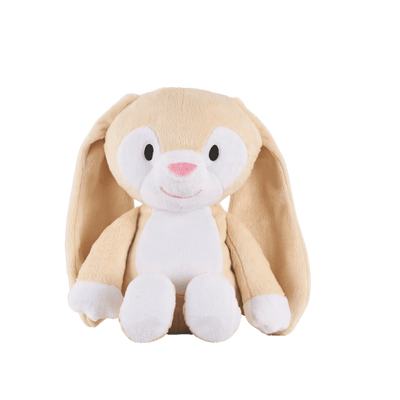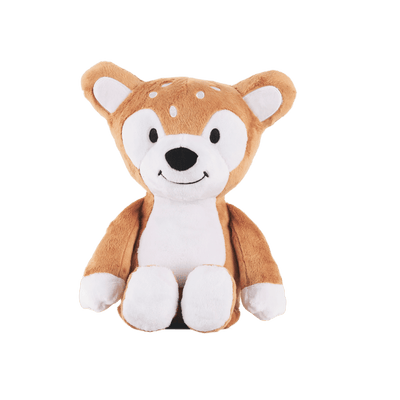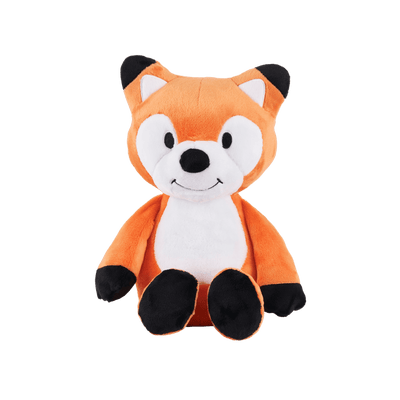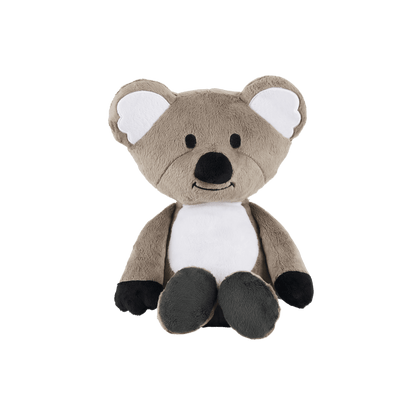Why Baby Calm Down Techniques Begin With Connection and Consistency
One of the first things new parents discover is that calm isn’t just about silence, it’s about security. Baby calm down techniques that actually work are often rooted in simple, repetitive behaviors that create predictability. Babies don’t yet understand language, but they feel rhythm, consistency, and tone and those things can help settle even the most unsettled nights.
Whether you're trying to soothe a fussy newborn or responding to a sudden outburst, the goal is to create a safe environment. Holding your baby close, swaying gently, or using a white noise cue helps simulate the womb, where the world felt smaller, quieter, and calmer.
Tools that engage touch and sound, like plush companions with built-in audio, can reinforce these rituals and provide that comforting familiarity. Many parents find that reliable nighttime routines using gentle, sound-based toys help establish a sense of calm even before the tears begin.
Creating a Baby Calm Down Routine That Works After Feeding
It’s common for babies to get fussy after a meal even if they’re full and healthy. Understanding baby calm down strategies for these moments is all about managing post-feed transitions.
For some babies, gas or discomfort is the culprit. For others, it’s just sensory overload. Whether it’s a case of baby crying after feeding or restlessness before nap time, the key is to create a calm-down space that signals "it's time to rest." Dim lights, a soft voice, and rhythmic patting all send signals to your baby’s nervous system that they’re safe.
Comfort companions like soft, familiar toys can enhance this quiet zone. Parents often rely on plush sleep buddies to extend the soothing process without overstimulating their baby. A soft toy with gentle textures can help bridge that gap from feeding to resting without tears in between.
Using Baby Calm Down Strategies to Soothe Crying Infants
Every parent asks the same thing: Why is my baby crying when I’ve tried everything?
The truth is, sometimes there’s no clear answer and that’s when baby calm down strategies need to shift from fixing to comforting.
Gentle bouncing, shushing, and babywearing are classic ways to approach a soothing crying infant. But when nothing seems to work, introducing multi-sensory comfort can help. A cozy, familiar item, especially one used consistently during naps or bedtime, can become a key part of your toolkit.
Many parents rotate through infant soothing techniques like swaddling, holding skin-to-skin, or rocking while using white noise. Products that blend softness with calming sound help support these techniques naturally. For example, integrating a soft audio companion from your sleep support collection into your bedtime routine gives your baby cues to calm down, even when your arms need a break.
Establishing Baby Calm Down Patterns That Soothe Newborns
The phrase how to calm a fussy newborn is one of the most Googled by first-time parents and for good reason. Newborns don’t come with manuals, and each one has a unique temperament. But there are some foundational patterns that can help reduce stress for both parent and child.
Routine is the secret weapon. Babies thrive on predictability, and establishing calming cues like gentle rocking, soft lullabies, and scent-based comfort items helps prepare their nervous systems for regulation. Soft soothing newborn items that are always nearby provide a portable sense of home, even in unfamiliar spaces.
The goal of learning how to soothe a newborn isn’t to stop every cry, but to respond with confidence, patience, and the right tools. Introducing calming rituals and reliable objects early on makes transitions smoother over time and builds trust between parent and child.
Building Emotional Confidence Through Baby Calm Down Habits
Over time, consistent baby calm down habits do more than stop the crying. They help babies build emotional resilience and trust in the world around them. And they help parents feel more capable, even when sleep is scarce and emotions are high.
Whether you’re navigating a night of baby crying after feeding or a nap refusal from a fussy newborn, knowing what works and having the right tools can make all the difference. Tools like soft, sound-emitting plush companions are not only comforting but also act as emotional anchors, especially during transitions like sleep, feeding, or travel.
By learning to apply effective infant soothing techniques, parents create space for calm, not just for their babies, but for themselves. Ready to build those rituals into your daily life? Explore calming solutions made for modern parenting with expert-designed comfort products that go beyond ordinary toys.

